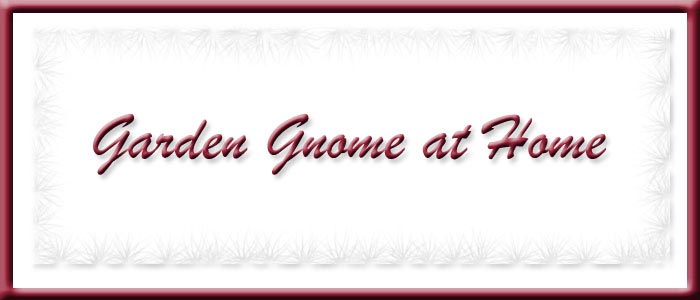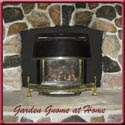Lighting is an integral part of any home. It creates ambiance as well as allows the you to enjoy your home the way you want. At the same time lighting has created environmental concerns through rising energy usage of the incandescent light bulb that has now ceased being manufactured. Incandescent bulbs use a considerable amount of energy while adding heat to the room, something that is undesirable. In short incandescent bulbs were not energy efficient bulbs even though they were cheap. Fluorescent tube lights are cheaper to operate but not aesthetically as nice although I have seen some nice applications creating diffused wall lighting and lighted ceilings. When the first CFL bulbs came on the market they had bulky transformers in the base that prevented these bulbs from being used in all light fixtures but it was a start. Now CFL bulbs come in all shapes, sizes and types of light. They are inexpensive to buy and considerably less expensive to operate than the old incandescent bulbs. What we are seeing now is a trend towards solar with the most advances being made in outdoor solar lighting. It's incredibly inexpensive to set up outdoor solar lighting and requires little or no tools. Just coming onto the market but still a bit to expensive and needs fine tuning yet are LED bulbs that fit a normal light socket yet will use even less energy than CFL bulbs.
Our main living area is mainly below ground with one wall facing the water that opens onto the backyard. Natural light is at a premium outside of the kitchen and front part of the family room. In the summer the shade trees that save us so much on cooling keep the main level darker than it would be if located on the upper level. The design of the house means that even during the summer we have lights on during the day to prevent the main level from feeling like it is mainly below ground. We have 7 CFL 15 watt daylight bulbs on during the day most days that if on for an average of 10 hours per day cost us 6.4¢ or $23.44 per year. IIn addition to this we have various CFL lights on the main level that are used as needed. While this is a necessary cost due to the house design and while we make up for it in reduced heating and cooling costs, I'm always looking for ways to reduce our energy consumption for lighting.
 Solar Tube
Solar Tube
image source: Solar Tube Daylighting System
I think it was three houses ago (about 12 years) that I first saw this solar lighting called a Solar Tube. I've wanted one of these ever since I saw it. A solar tube gives you all the benefits of a skylight without all the problems. The principle is quite simple. A small dome allows light to enter into a highly polished pipe where it is amplified by bouncing off the mirrored surface and reflected into the house. To soften the light on the inside there is a diffuser. On the outside of the house there is little to see other than a small, clear dome on the roof. On the inside of the house the finished light looks like a larger flush mount pot light. Once the solar tube is installed which can be a DIY project there is no further cost of operation. You get beautiful, bright natural light in your home without costing anything! Environmentally this is a wonderful way to get that extra light without increasing your carbon foot print.
 Solar Tube Installed
Solar Tube Installed
We just spent a lovely week away in the sunny south. The first house we stayed in was the guest house. The second was a rental house in the same resort. You can read more about the resort here and the food here. The rental house was a triple wide, manufactured home that gives a whole new meaning to trailer living! What caught my eye was two solar tubes, one in the guest bathroom and the other in the kitchen. Pictured is the kitchen with the red arrow pointing at the solar tube. As you can see it blends right in with the recessed lighting. What was very impressive was the amount of light the solar tubes let in even on cloudy days!
I really liked the solar tubes. They made both rooms quite bright and airy feeling. I think it would be great to be able to tone down this brightness if need be as they were quite bright even though it was cloudy outside. My husband could not quite get over the fact there is no switch to turn the thing off. I guess it was a mindset thing turning off the lights but there is no switch for the solar tube. There is a way to shut it off using the same type of mechanism as a camera lens if you install that option. Then you simply shut the shutter that might be a benefit on really sunny days.
Installing solar tubes are on my list of do the research this spring and possibly installing one early summer. Ideally I can find three spots that would be good for the solar tubes but only one location for sure will lend itself to the installation for on the main level. If installed it will not eliminate all 7 lights but possibly 4 of the lights. A total cost of installation from the prices we have seen doing it ourselves would be about $500 making the total payback time about 37 years. As an energy saving device the payback doesn't really warrant the change other than knowing once installed it will not cost anything. So this ends up being an aesthetic, decor type of improvement that will save your money but in terms of energy use you might not recoup the costs. The solar tubes are EnergyStar® rated so there may be rebates available offsetting at least the sales tax. At best this improvement will improve the enjoyment of your home and while it will save you money over the years, it is likely best to look at it as a decor enhancement.
Garden Gnome
©2006-2009

















